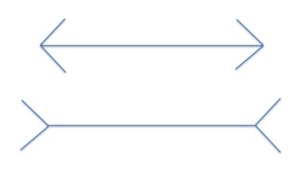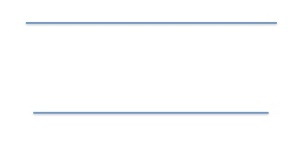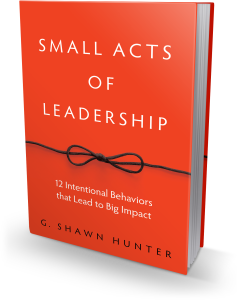Quitting is Easy. Living with Quitting is Hard
Your son doesn’t like 7th grade band? Let him quit. French IV is too hard? Drop the class. Training for that marathon is too hard? Just quit. Feeling frustrated or detached from your work. Quit. It’s easy. Tired of not making progress on your writing project? Drop it, lose it, let it go. Yah! That felt good.
Go to Google and start typing “top reason to…” The #1 result is “…quit my job.” Don’t misunderstand. There are plenty of valid reasons to quit your job including toxic cultures, lack of professional growth, and more.
But remember when you quit something you have to live with quitting, so you should have a pretty good reason. Because while quitting might feel thrilling and easy, it’s hard to go back. Not impossible, mind you, but pretty hard. I once heard a story about a rich guy who kept giving so much money to his alma mater they named the football stadium after him. Why did he keep giving so much money? Because when he was a junior at the University he quit the football team because practice was too hard. He has regretted it for over thirty years.
It’s also important to distinguish the difference between quitting and taking a break. Since 2000 I have started a marathon training plan almost every year. I’ve only made it to the starting line twice over the past 14 years but I always start the training plan. Last year my wife and I got up to 18 miles and stopped. With the kids’ schedules it was too time-consuming. But if I bail out midway because of injury, travel or time constraints, I don’t think I’ve quit the sport. I just had to adjust to changing circumstances.
Or to take a work example, some of the happiest and most successful people I know have a portfolio life in which they change careers and take sabbaticals in the middle of their careers. It’s not impossible, it just takes thoughtful planning.
There are legitimate reasons to quit something, but commitment to hard work is not one of them. Legitimate reasons to quit include:
- It’s making you sick: Stress-inducing work, school or sporting environments are intolerable. You can try to turn it around and be the change you wish to see in the world, but if the toxicity is overwhelming, I think it’s OK to quit. Because you bring that stress home, and infect your family and friends. Your health, and the health of the people you love, is more important than your job.
- It’s a professional dead-end: Unfortunately it’s becoming increasingly common to pigeon-hole workers into particular jobs, roles and responsibilities. It seems gone are the days to working your way up through the mailroom and getting job experience throughout the organization – the kind of professional experience that leads to personal and professional growth. Companies with the highest retention, highest levels of innovation are when people get to work in varieties of positions in the company. Or as they say on the soccer field, when you play different positions, you “see all sides of the ball.”
- It’s devoid of challenge: The saddest expression I heard recently was describing people who “quit and stay.” Meaning of course, they have emotionally and psychically checked out, yet remain in their job, punching a clock, either for the money or the simple inability to conceive of doing anything else.
But don’t quit because “it’s too hard.” That place where you feel challenged – that spot right on the edge of your capabilities where you have to step up your game – is the place where you are at your most creative and productive. When you feel right on the edge of what you are capable of, that’s where you’ll learn the most.
- ____________________________________________________
Shawn Hunter is President and Founder of Mindscaling, a company building powerful human and digital learning experiences based on the work of best-selling authors. My new book Small Acts of Leadership, is a Washington Post bestseller! You can grab a copy now. Have a meeting coming up? Let’s talk.
Last summer, my son and I bicycled across America with two other dads and their teenagers. We published a new book about it called Chasing Dawn. I co-authored the book with my cycling companion, the artist, photographer, and wonderful human jon holloway. Grab a copy. I’ll sign it and send it to your doorstep.






 Shawn Hunter is President and Founder of
Shawn Hunter is President and Founder of  Recently over here at
Recently over here at  Our company
Our company  Slydial
Slydial